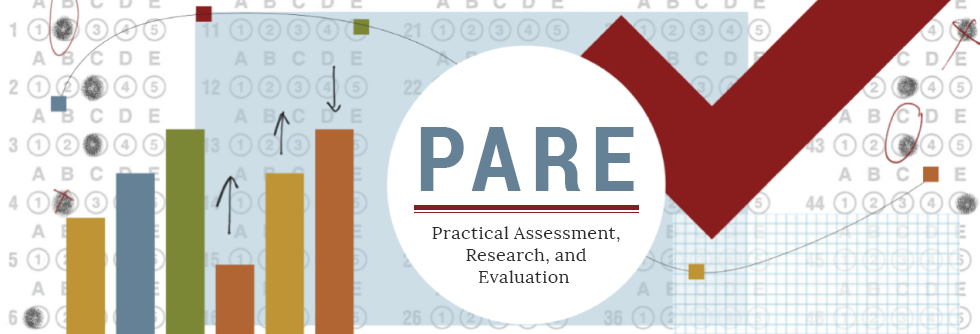Clearer Analysis, Interpretation, and Communication in Organizational Research: A Bayesian Guide
Abstract
Historically, organizational researchers fully embraced frequentist statistics and null hypothesis significance testing (NHST). Bayesian statistics is an underused alternative paradigm offering numerous benefits for organizational researchers and practitioners: e.g., accumulating direct evidence for the null hypothesis (vs. ‘fail to reject the null’), capturing uncertainty across a distribution of population parameters (vs. a 95% confidence interval on a single point estimate) – and through these benefits, communicating statistical findings more clearly. Although I-O and other organizational methodologists in the past have promoted Bayesian methods, only now is easy-to-use JASP statistical software available for more widespread implementation. Moreover, the software is free to download and use, is menu-driven, and is supported by an active multidisciplinary user community. Using JASP, our tutorial compares and contrasts frequentist and Bayesian approaches for two analyses: a multiple linear regression analysis and a linear mixed regression analysis.
Keywords: Bayesian statistics, Bayesian regression, Bayesian linear mixed model, statistical communication
How to Cite:
Courey, K. A., Oswald, F. L. & Culpepper, S. A., (2024) “Clearer Analysis, Interpretation, and Communication in Organizational Research: A Bayesian Guide”, Practical Assessment, Research, and Evaluation 29(1): 1. doi: https://doi.org/10.7275/pare.1975
Downloads:
Download PDF
View PDF
